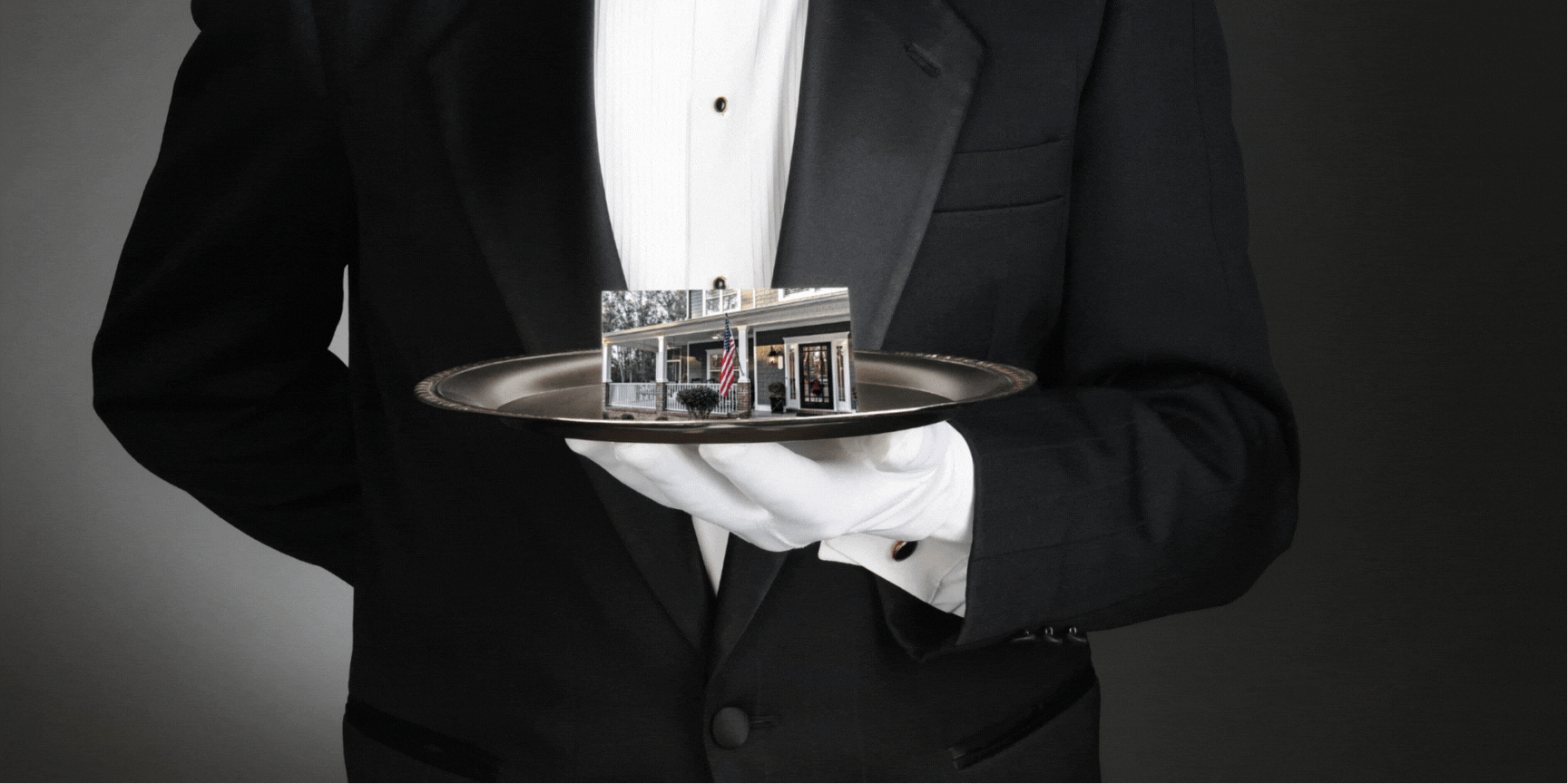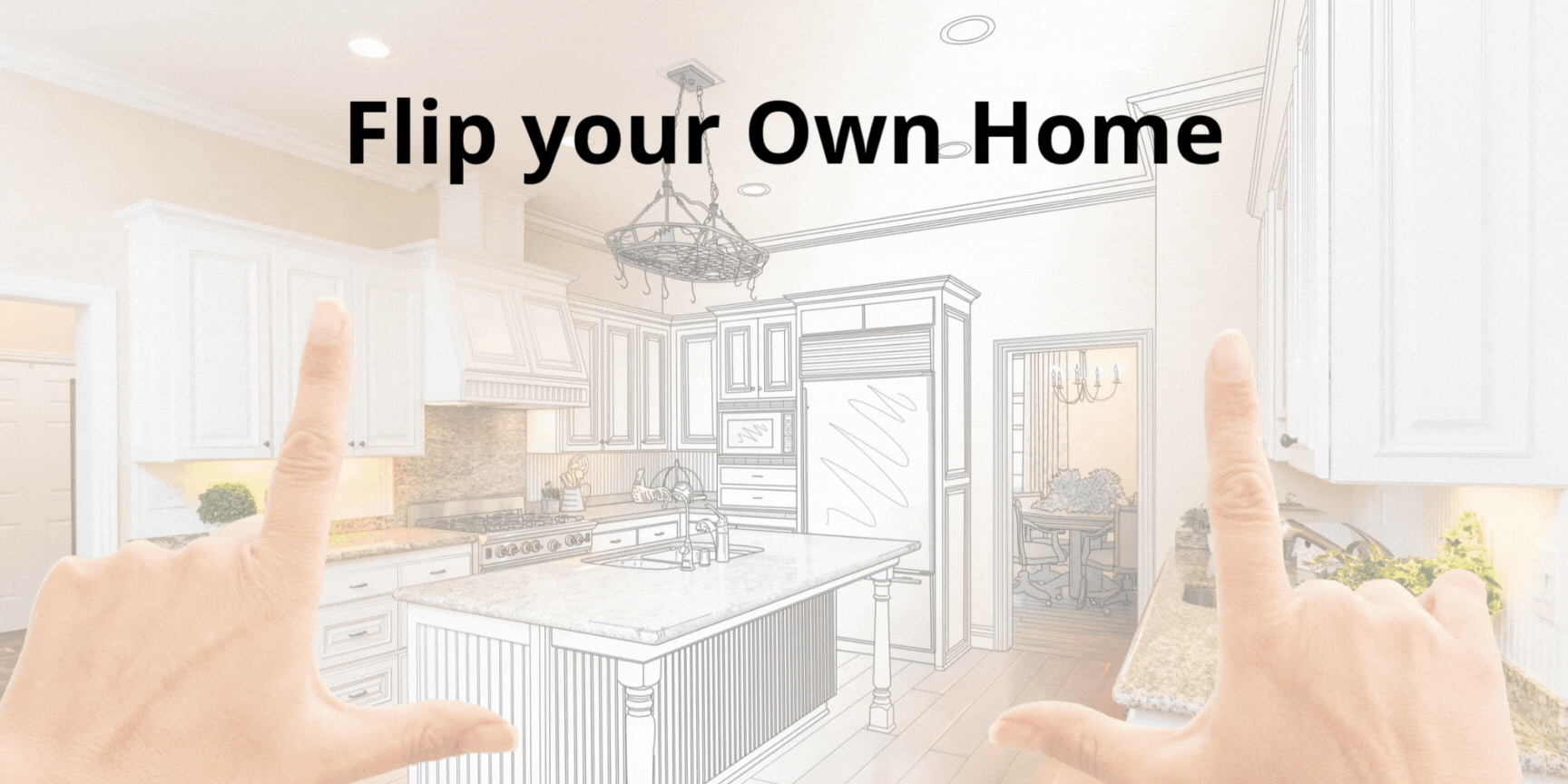Are you planning to buy or sell a house in San Jose? One of the most confusing aspects of a real estate transaction is determining what stays with the house and what goes with the seller. It’s essential to have a clear understanding of these details to avoid any misunderstandings or disputes during and after the home sale. In this comprehensive guide, we will explore what items typically stay in the house and what items the seller can take with them when moving out. Whether you are a buyer or a seller, understanding these guidelines will help ensure a smooth and successful transaction.
Understanding Fixtures: What Stays with the House
When it comes to determining what stays with the house, the concept of fixtures plays a crucial role. Fixtures are personal property items that are physically attached to the land or structure, typically by bolts, nails, screws, cement, or other attachment methods. These fixtures are considered immovable elements of the home that are converted into real property. It’s important to note that fixtures stay with the house even if the sellers want to take them.
Examples of Fixtures
- Bolted, Mounted, or Nailed Down Items: Anything that is bolted, mounted, or nailed down is generally considered a fixture. This includes items such as ceiling fans, wall-mounted mirrors, built-in appliances, lighting fixtures, and window treatments.
- Built-in or Cemented Items: Backyard features like basketball hoops, swing sets, or trampolines that are built-in or cemented into the ground are also considered fixtures and should stay with the house.
- Kitchen and Bathroom Hardware: Hardware such as doorknobs, toilet paper holders, kitchen cabinet pulls and handles, and bath fixtures are all considered fixtures and should remain with the property.
Gray Areas with Fixtures
While the general rule is that fixtures stay with the house, there are a few areas where it can be more ambiguous. Mirrors and flat-screen TVs are two common examples of items that can be subject to interpretation.
- Mirrors: Mirrors that are bolted to the bathroom or bedroom wall are considered fixtures and should stay with the house. However, if the mirrors are just hanging on the wall, they are typically considered personal property and can be taken by the seller.
- Flat-screen TVs: Flat-screen TVs are generally considered personal property, especially if they are expensive or high-definition models. The seller can usually take the TV unless it is explicitly included in the sale or negotiated separately.
- Window coverings: blinds, curtains, and draperies are often thought of as not being affixed, however these too are generally considered to be real property and included in the sale as well.
Appliances: To Include or Not to Include?
One area that often leads to confusion is whether appliances are included in the sale of the house. While sellers are not required to leave large and heavy appliances such as refrigerators, washers, and dryers, it is common for buyers to expect these items to be included. As a seller, you have the option to decide whether you want to take the appliances with you or include them in the listing price of the property. It’s essential to communicate your intentions clearly to avoid any misunderstandings with potential buyers.
It’s worth noting that most types of financing or mortgage lenders may require certain appliances, such as a stove or an oven, to be installed before approving a loan. If you plan to take these appliances with you, be aware of potential financing restrictions that may arise.
Negotiating and Specifying in the Purchase Contract
To ensure a smooth and transparent transaction, it is crucial to clearly spell out and negotiate what is included and what is not included in the sale of the home. This should be done through the real estate purchase contract, which should be agreed upon by both the buyer and the seller. By specifying these details in writing, you can avoid potential disputes or surprises down the line.
What Must Go When you Sell
When you are selling a property in San Jose, by default, you are only selling the real property, as mentioned previously. While there may be some “grey” areas, everything should be written clearly in the contract so that really, everything is in black and white. The default language of the contract is very succinct when it describes what cannot be left behind:
all debris and personal property not included in the sale shall be removed by Close Of Escrow or at the time possession is delivered to Buyer, if not on the same date.
This means that anything which is not affixed to the property (hence, “real property”) and is not personal property specifically listed in the purchase agreement, must be removed from the property. That’s right: aside from those specific personal property items listed on the contract, the seller is responsible for removing all of it before escrow closes.
Of course, that can be a major hassle, so if you are fortunate to have a competitive bidding situation with multiple offers and buyers competing for your home, you might want to specify that you, the seller, are free to leave behind whatever junk you want, making it the buyer’s responsibility to cart away what they don’t want to keep.
Tips for Sellers
As a seller, it’s important to take the following steps to ensure a successful home sale:
- Specify Items in the Property Listing: Clearly state the items you intend to take with you in the property listing. Avoid using uncertain language like “probably” or “most likely.” Document all the details in writing and include them in your marketing materials to avoid any confusion with potential buyers.
- Remove Items Before Listing: If you plan to take specific items with you when you move, make sure to remove them before listing your home for sale. Replace them with acceptable alternatives that can help showcase your home’s best features.
- Avoid Sentimental Attachments: While it’s natural to have sentimental attachments to certain items in your home, it’s essential to avoid taking things like doorknobs, light bulbs, or pegboard hooks. These items may not be worth pursuing but can annoy the new homeowner. Focus on selling your home for top dollar with the help of an experienced local real estate agent.
Tips for Buyers
If you are a buyer, keep the following tips in mind when it comes to what stays in the house:
- Don’t Assume Anything: Instead of assuming that everything you see on the property will be included in the sale, be proactive and clarify your expectations. If there are specific items you want to stay with the house, include them in your purchase offer and be as detailed as possible. This will help avoid any confusion or disappointment later on.
- Review the Property Listing: Carefully review the property listing to see if the seller has specified any items they intend to take with them. This will give you a better understanding of what stays and what goes with the seller.
- Communicate with Your Agent: Work closely with your real estate agent to ensure that your expectations are clearly communicated to the seller. Your agent can help facilitate negotiations and ensure that your concerns are addressed in the purchase contract.
Additional Considerations in San Jose
When buying or selling a house in San Jose, there are a few additional considerations to keep in mind:
- Local Regulations: Familiarize yourself with any local regulations or guidelines that may impact what stays in the house. Certain areas may have specific rules regarding fixtures or appliances, so it’s important to be aware of these requirements.
- Consult with Professionals: If you have any questions or concerns about what stays in the house, consider consulting with professionals such as real estate agents, attorneys, or home inspectors. They can provide valuable insights and guidance tailored to your specific situation.
- Document Everything: Throughout the buying or selling process, make sure to document all communication and agreements in writing. This will serve as evidence in case any disputes arise in the future.
Conclusion
Understanding what stays in the house and what goes with the seller is crucial for a smooth and successful home sale in San Jose. By familiarizing yourself with the concept of fixtures and clearly communicating your expectations in the purchase contract, you can avoid misunderstandings and disputes. Whether you are a buyer or a seller, working with experienced professionals and staying informed about local regulations will help ensure a seamless transaction. Happy house hunting or selling in beautiful San Jose!
San Jose Luxury Homes For Sale
2
3
4
5
6
7
8
9
10
11
12
13
14
15
16
17
18
19
20
21
22
23
24
25





